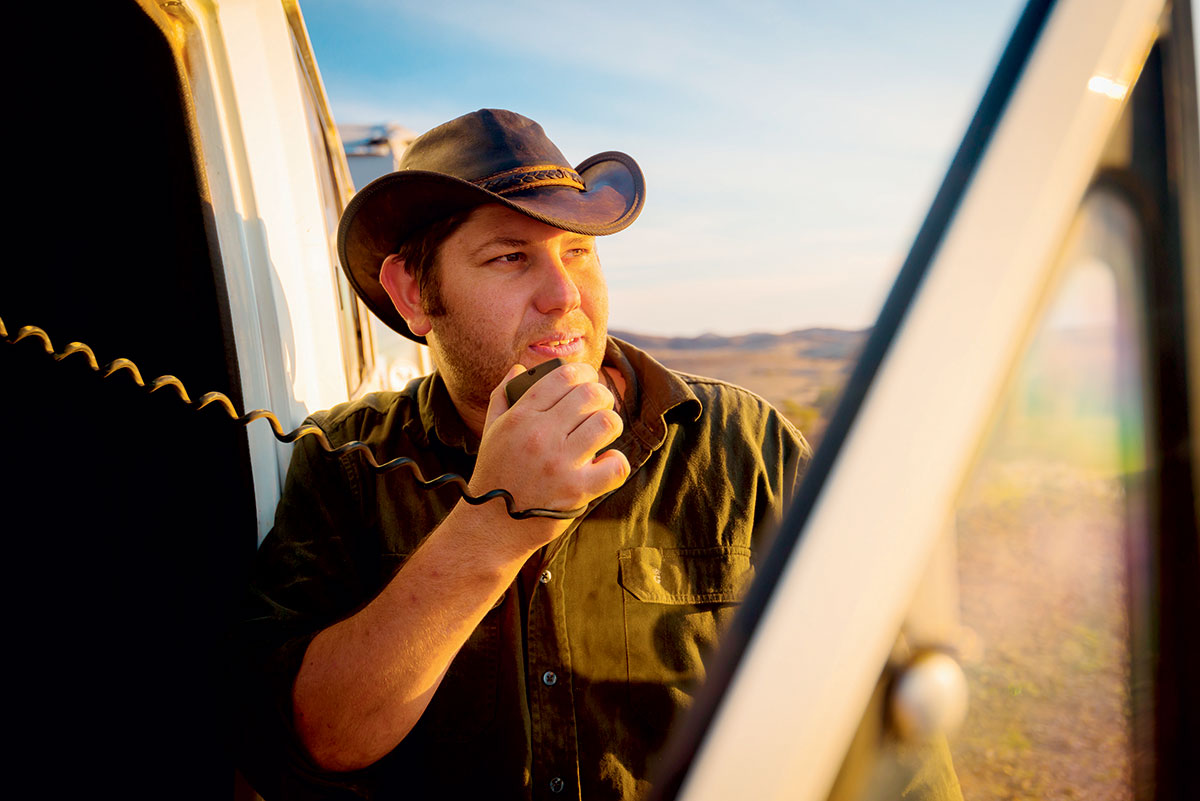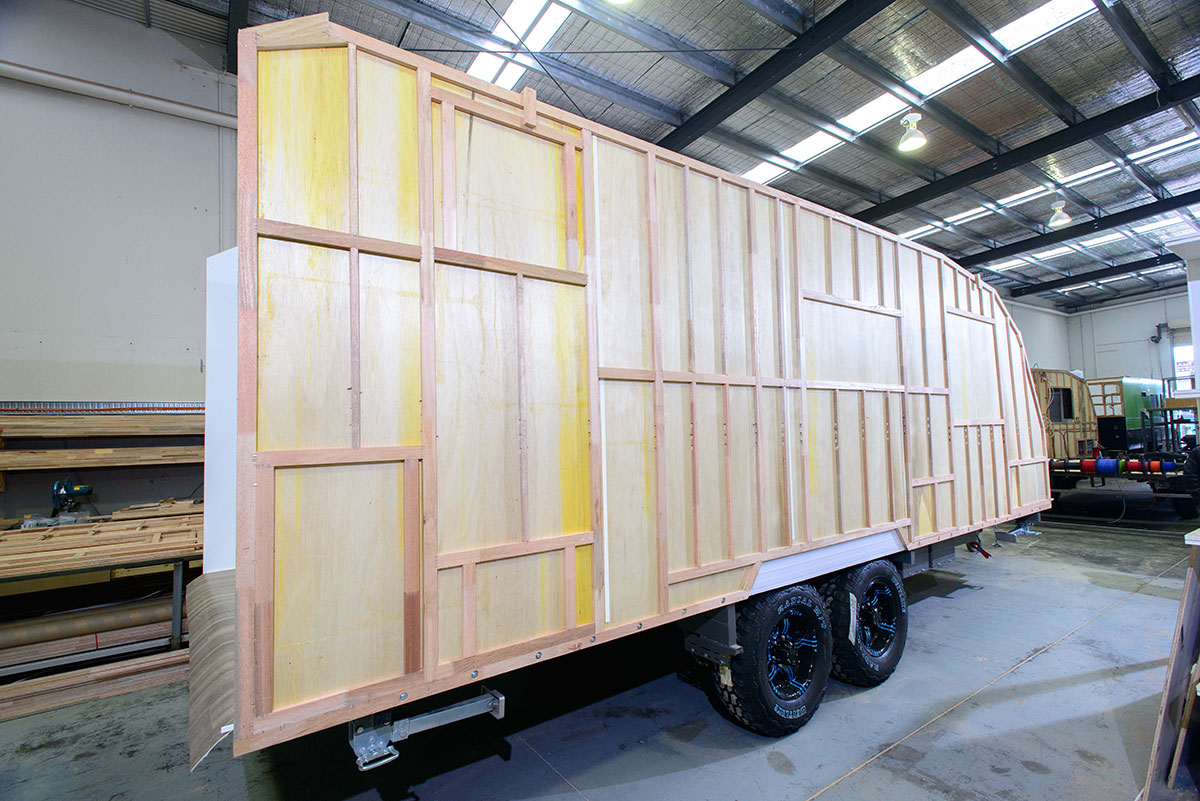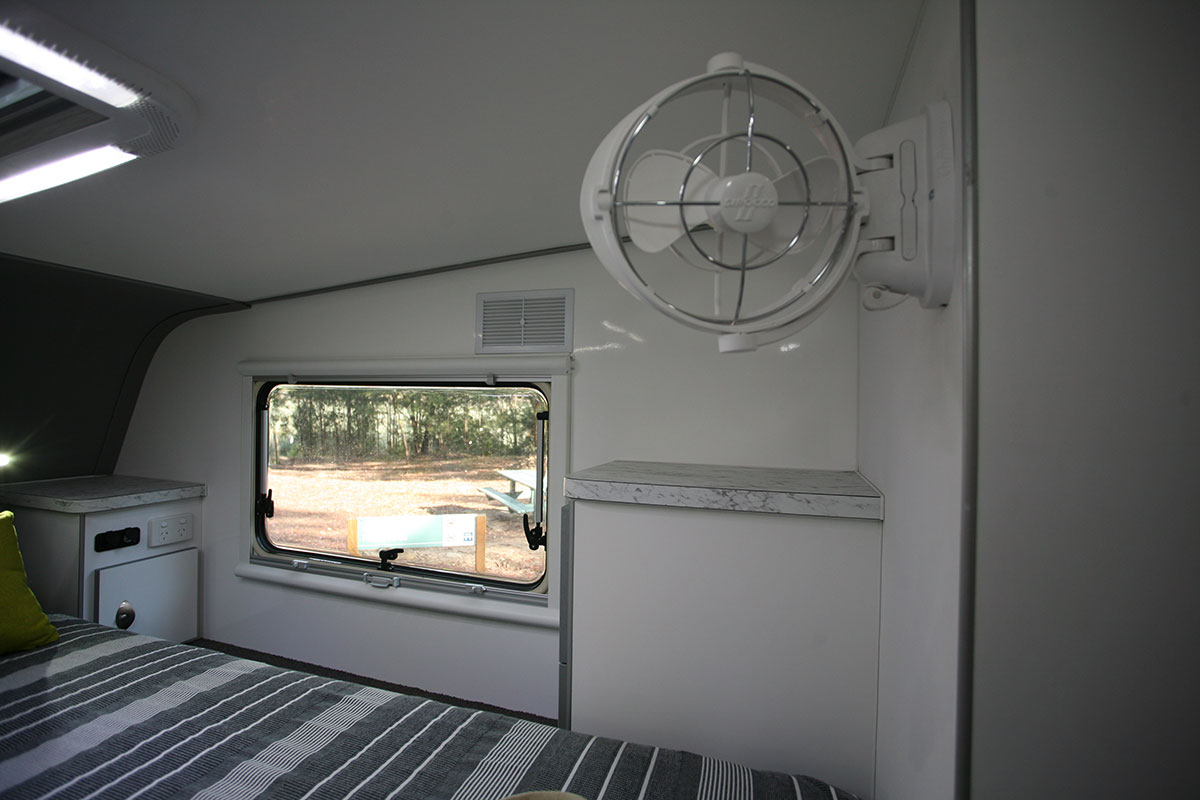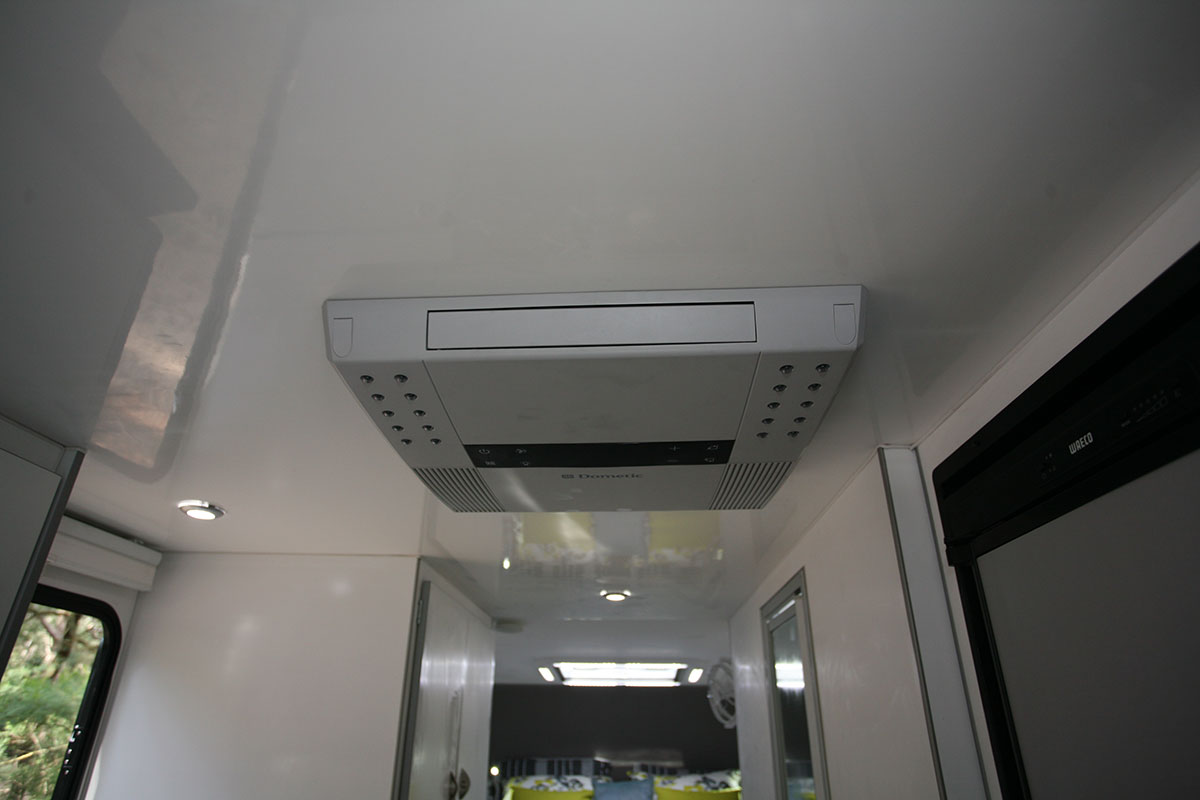Whether you’re planning on visiting our beautiful deserts or simply looking to tour longer, developing a strategy to manage extreme heat is well worth the effort as an overlander.
Thankfully, it’s not rocket science. Taking a commonsense approach will help to keep you comfortable and smiling.
HYDRATION

Simply drinking a glass of water is an easy measure to keep us cool but it’s one that’s easy to forget. But good ol’ H2o will quickly starve a headache and lethargy at the first signs of dehydration.
If you do often forget to reach for a glass, try storing a few electrolyte ice blocks in your camp fridge. The combination of water, glucose and electrolytes will put you in good stead in next to no time!
DRESSING APPROPRIATELY

If you’ve never experienced extreme heat, you might be tempted to pack only shorts and tees but they aren’t always the best options. Lightweight, light-coloured cotton or bamboo clothes with long loose sleeves and pants do a great job at shielding your skin from the sun’s heat ray. Team them with a wide-brim hat for optimal protection.
Modern synthetic fabrics designed to wick are also great, especially if you’re active during the day. Make sure you wash synthetics as soon as you disrobe, though, to stop them from developing an odour.
LOCATION, LOCATION

While awnings are helpful when there is a shortfall in shade, a natural canopy is far more effective at protecting you against heat extremes. This is because flora actually uses the sun’s rays as fuel for photosynthesis, as opposed to absorbing it in the way an awning does. The difference can be as high as 7 searing degrees! A lighter awning, of course, will absorb less and provide greater coverage under natural shade.
You don’t need to park directly under trees either to enjoy their cooling effect, either. Facing your camp east, with the treeline behind you will save you from the worst effects of a fierce afternoon sun.
INSULATION

Insulation is an important consideration for any caravan and camper manufacturer, and for good reason, with sandwich panels and inner wall layers capping extreme internal temperature variations.
Of course, if you are camping under canvas, take the extra time to fit those flies and tropical roofs before the heat sets in. The protection they offer is staggering.
VENTILATION

Our bodies produce sweat to keep us cool but to make the most of this protective measure, we need access to moving air, which is why ventilation is so important when you’re travelling. Air-conditioning can provide that flow, but if power resources are limited, carefully open your caravan’s cabin in order to catch those breezes.
Simply opening one window won’t do the trick though, as you’ll need exit point to maximise airflow or create “cross-ventilation’. If the air is still, a 12V van will keep things moving.
POWER UP!

When it comes to cooling your caravan’s cabin, it is far more efficient to maintain a temperature than to cool it down. So if you have an adequate power source, don’t be afraid to pop on the air-conditioning before the heat sets in. In fact, if you are touring in the shoulder season when temperatures can be a little more extreme, try powered sites when you can as air-conditioning is one of the most power intensive appliances at camp.





